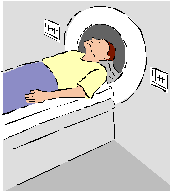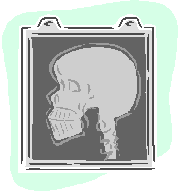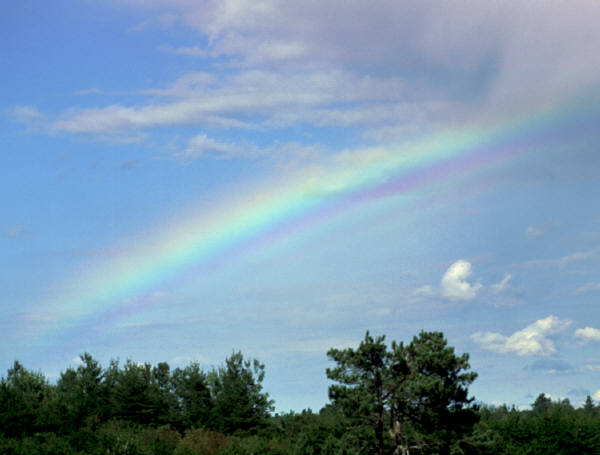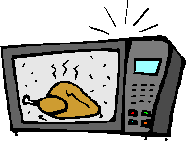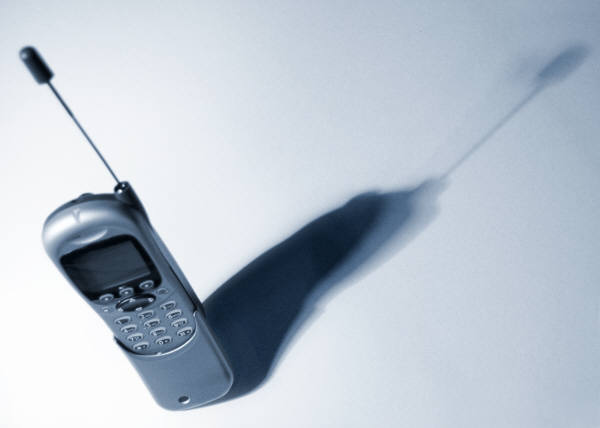|
Physics
|
||||||||||||||||||||||||||||||||||||||
|
Radiation Radiation is the emission of energy in the form of rays or waves travelling through space. Sunshine is the most common form of radiation. Sunshine consists of radiation in a number of different wavelengths. Ranging from the long wave infra-red to the short wave ultra violet (UV). It is the short waves of the electromagnetic spectrum that are most beneficial and cause the most harm.
Remember: If a wave has a high frequency it has a short wavelength and if it has a low frequency it has a long wavelength. The radiation form radioactive materials is invisible and has to be detected by the affects that it produces. The two methods of detection depend on the facts that (a) radiation exposes photographic materials and (b) it ionises gases. Ionising of gases means that some of the atoms have an electron or two knocked out of their shells. These atoms are now positively charged ions. They can now conduct electricity. The Geiger counter is an electronic instrument that uses the ionisation of gases.
Uses of Radiation
So if radiation has all these benefits why is it so dangerous? High doses of any kind of ionising radiation cause chemical and biological changes in human cells. These changes can bring about diseases such as skin, bone and lung cancer and leukemia. (Please note, however these cancers can be as a result from other causes) The effect of radiation on Humans depends on the:
|
SECTION 1 Title 1 Title 2 Title 3 SECTION 2 SECTION 3 SECTION 4 |
|||||||||||||||||||||||||||||||||||||

